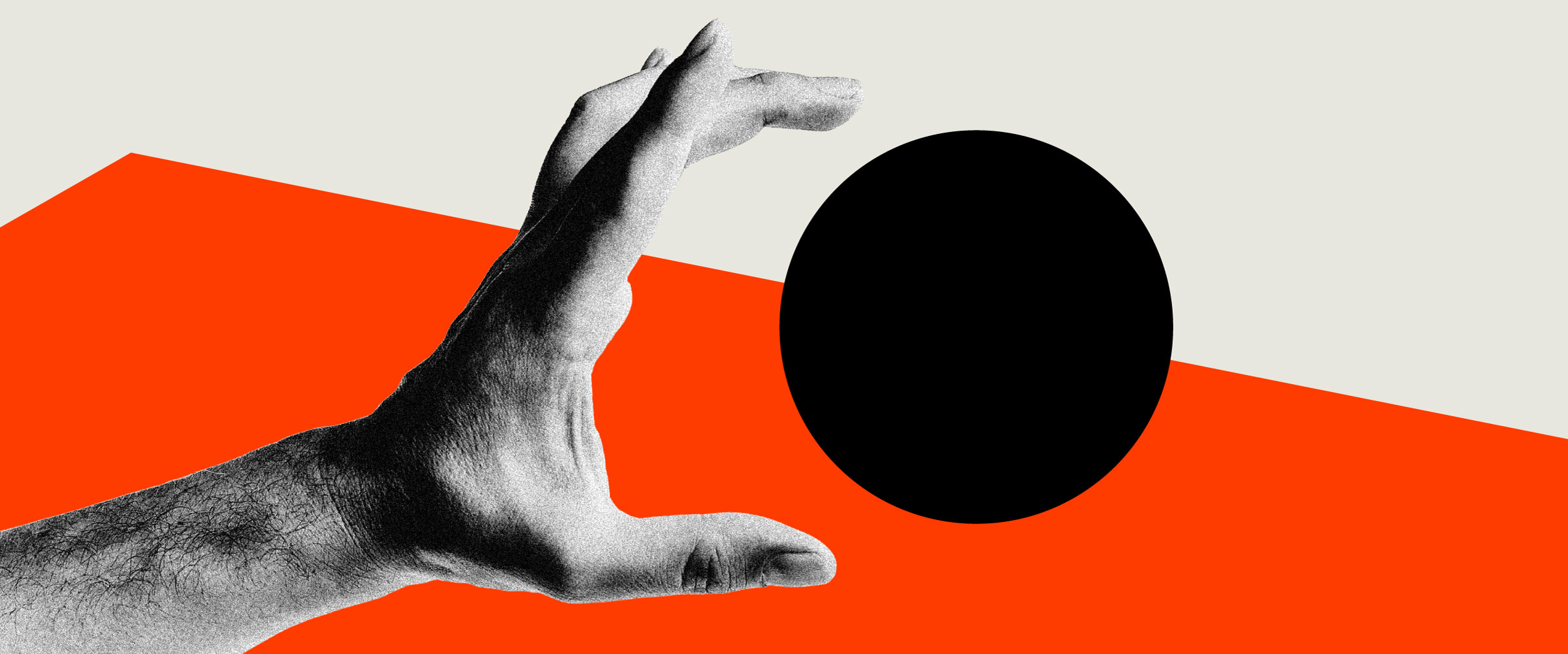
Byron Sharp changed the way we understand marketing. In How Brands Grow, he laid out a case that was as simple as it was radical: brands don’t grow because people love them. They grow because people remember them. They’re mentally available during buying situations. They’re easy to notice, easy to access, and easy to recall. Because they’re available they deliver high trust. The data was undeniable, and the implications were transformative.
Sharp’s work set out to free marketers from the false religion of differentiation. It showed that most buyers are light users, that loyalty is wildly overstated, and that emotional connection is a luxury, not a growth engine. What matters is getting into the customer’s head and staying there.
But today, everyone is in the customer’s head, so brand salience is no longer an advantage. It’s a baseline requirement. Every major brand has built its distinctive assets. Every brand is buying reach. Every brand is showing up. So the question shifts: what do customers actually remember when they recall your brand, and how do they feel about the alternatives?
That’s where the next phase of strategy begins, not with building memory, but with framing it.
In cognitive science, memory doesn’t just store associations, it competes. Interference Theory tells us that new memories can overwrite or weaken existing ones. Retroactive interference—the idea that a newer association can degrade an older one—is particularly relevant to how brands are processed and recalled. A brand can’t just aim to be noticed or remembered. It must also aim to reframe what customers remember about itself and everyone else. This is the core of de-positioning brand strategy.
A brand can’t just aim to be noticed or remembered. It must also aim to reframe what customers remember about itself and everyone else. This is the core of de-positioning brand strategy.
This dynamic is also reflected in the Engel-Blackwell-Miniard (EBM) Model of Consumer Behavior, a foundational brand strategy framework that outlines the stages of the customer decision-making process. Sharp’s work is implicitly aligned with this model. Particularly in its focus on the early stages of Problem Recognition, Information Search, and Evaluation of Alternatives. In these stages, customers aren’t looking for differentiation, instead, they’re scanning their internalized memory of brands for the most viable solution. Sharp argued that brands win by increasing their odds of being mentally available during these moments. But when all major competitors are present in the customer’s mental shortlist, availability alone is insufficient. The brand must frame the meaning of the recall.
This is where de-positioning goes to work. It exploits the psychological mechanics outlined in Interference Theory by introducing the more compelling, relevant, or trustworthy brand association that weakens or replaces the existing associations attached to a competitor. In other words, you’re not only adding your brand to the list, you’re also degrading the perceived value of others already on it.
But it must be noted, de-positioning is not about negative advertising. It’s not about attacking competitors outright. It’s about shifting the context in which the entire category of competitors is understood and making your brand the logical, trusted solution. When doing this it casts doubt on the others. It’s not only a fight for attention. It’s the reframing of expectations. A manipulation of mental availability itself.
Apple offers the most famous playbook. In the early 2000s, it didn’t just tell you the Mac was better, it personified the PC as awkward and out-of-touch. Most recently, it didn’t just introduce privacy as a value, it made privacy the defining contrast between its brand and those like Meta, Google, and Amazon. Apple doesn’t just show up in memory. They show up with an argument which they embed in the mind of the customer. Competitors are still there, but their meanings are shifted. That’s not memory building. That’s memory engineering.
De-positioning doesn’t contradict Sharp’s thesis, it extends it. Sharp debunks differentiation as a sustainable strategy. He showed that most so-called brand uniqueness was irrelevant to customers, who don’t crave difference, they crave solutions. He framed distinctiveness not as a badge of honor but as a tool of recall. He reminded marketers that loyalty is a myth. Most sales come from light, infrequent buyers who barely think about the brand at all. De-positioning supports all of this. But then it asks a deeper question: What if, instead of trying to make our brand different, we made the competition less relevant? What if we reframe the mental playing field so that, when a customer considers the category, they don’t just remember us, they hesitate on everyone else?
De-positioning asks a deeper question: What if, instead of trying to make our brand different, we made the competition less relevant? What if we reframe the mental playing field so that, when a customer considers the category, they don’t just remember us, they hesitate on everyone else?
Interference Theory gives us the neurological basis. The EBM model gives us the behavioral map. Sharp gives us the data that proves recall drives growth. De-positioning ties them together into an applied strategy. It turns recall into a competitive advantage by removing ambiguity and installing preference. Customers don’t just remember your brand, they remember why the others feel just a little bit wrong.
This is especially critical in an age where AI and algorithms personalize everything, and where every product benefit gets commoditized in a matter of months. Brand awareness is no longer a moat. Price, speed, features, these are easily matched. The only real advantage left is what the customer remembers in context, and what they’re trained to forget.
The greatest brands in the world understand this, even if they don’t use the term. Salesforce didn’t just offer a better CRM; it made on-premise software feel antiquated and burdensome. Zoom didn’t just promote simplicity; it reframed Skype and WebEx as relics. Nike didn’t just sell performance, they made the absence of motivation in other athletic brands feel like an emotional gap. In every case, the brand didn’t just rise. It strategically cast a shadow.
What we’re seeing here is the evolution of brand strategy from the art of storytelling to the science of problem solving. It’s not about shouting louder or telling a richer narrative. It’s about owning the memory structure that matters most and removing everything else that gets in the way. The result isn’t just brand preference. It’s competitive irrelevance.
Byron Sharp showed us how customers actually buy. De-positioning shows us how to turn that behavior into an advantage.
Byron Sharp showed us how customers actually buy. De-positioning shows us how to turn that behavior into an advantage. Everyone today is remembered. But the winner is the brand that makes being remembered mean something. Not just top of mind, but top of choice.
Mental availability was the breakthrough. Mental advantage is the next breakthrough.
It’s no longer enough to be remembered. You have to reframe the memory.
Note: This article builds on the foundational work of Byron Sharp and the Ehrenberg-Bass Institute. Terms like “mental advantage” and “memory engineering” are strategic interpretations, not direct extensions of Sharp’s model. While they go beyond How Brands Grow, they align with its core idea: that brands grow through mental and physical availability. This perspective outlines how to make Sharp’s theory more competitive.



